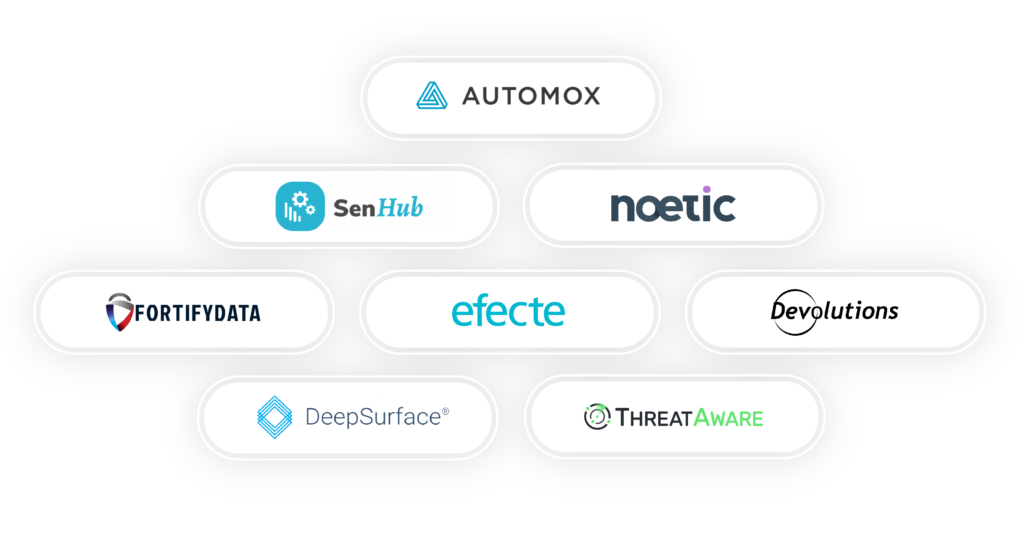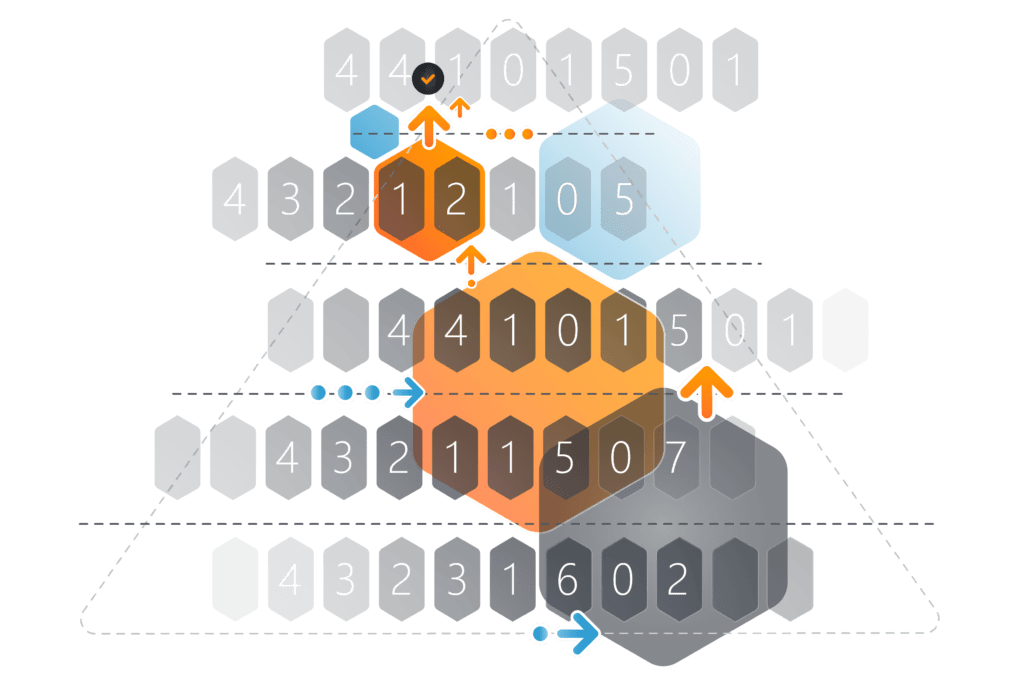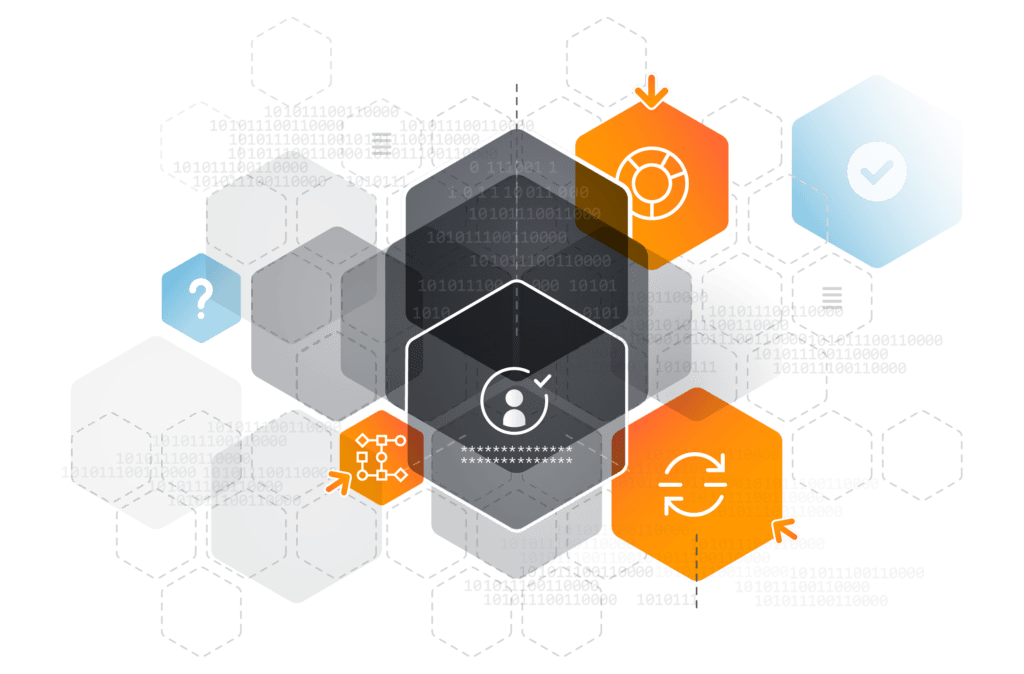Lansweeper is bringing the heat this Summer with the 2024 Summer Launch. This launch brings incredible enhancements to some core features like Network and Cloud Discovery, Risk Insights, User Visibility, Diagrams, and more.
Network Discovery is Lansweeper’s core functionality, so we’ve rebuilt it from the ground up to bring you more comprehensive asset visibility, easier setup and maintenance, and better security. This new technology can discover any connected asset without the need for an agent or credentials. It can be installed and automatically updated on Windows, Linux, and MacOS and keeps your credentials safely locked away with encrypted vaults.
EDIT Nov 20., 2024: As of the 2024 Fall Launch, this improved Network Discovery is now in general availability as part of the Modernized Lansweeper Discovery.
Public cloud scanning has been improved to scan multiple environments simultaneously, as well as import cloud tags from AWS, Azure, and Google Cloud. Customized views have now also been extended to cloud assets. These improvements lead to far more efficient management of multi-cloud environments and allow you to integrate seamlessly with major cloud providers.
EDIT Nov 20., 2024: As of the 2024 Fall Launch, this improved Cloud Discovery is now in general availability as part of the Modernized Lansweeper Discovery.
The Risk Insights feature is now even more focused on prioritization, resulting in faster remediation, better strategic planning for vulnerability management, and broader security and control for both IT and OT environments. New features include:
A host of enhancements has been made to OT management. OT assets can now be created and deleted manually, you can customize your asset states, and lifecycle information is now available for OT as well. We have added API access for your OT data meaning it can be used in integrations. All of these add up to provide you with better maintenance and compliance and seamless integration of your OT data into existing workflows.

As with every Launch, there are 8 new integrations for you to look at in the Marketplace. These include the Automox – Lansweeper integration which offers you a streamlined all-in-one solution to pinpoint, organize, prioritize, and present vulnerabilities, for swift remediation. ThreatAware provides real-time visibility, monitoring, and management of your deployed security tools to help pinpoint and close security gaps.

Naming conventions have been standardized for software across the platform, as well as UNSPSC standard integration. This results in consistent and reliable software data. Along with comprehensive and detailed reporting, this will help you streamline software management and improve decision-making.
